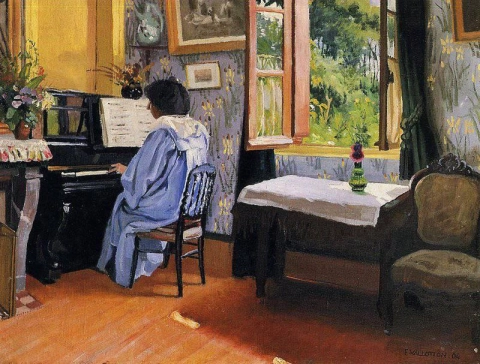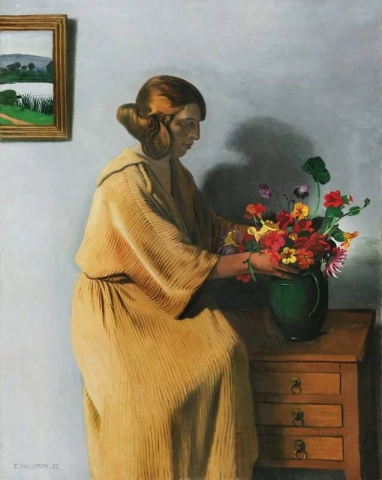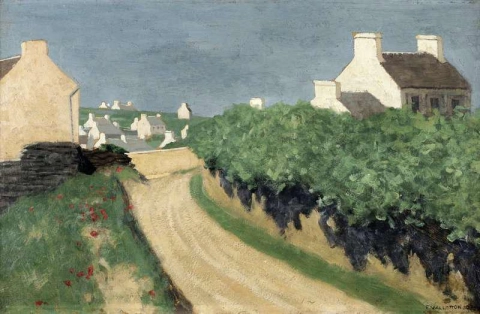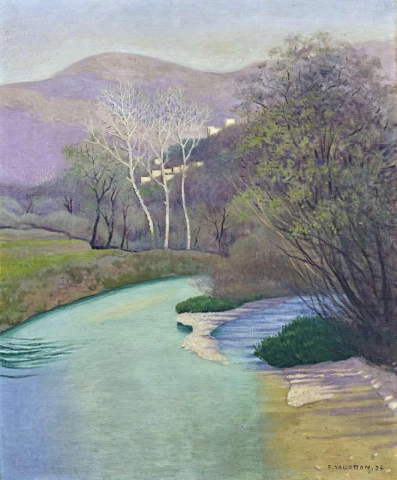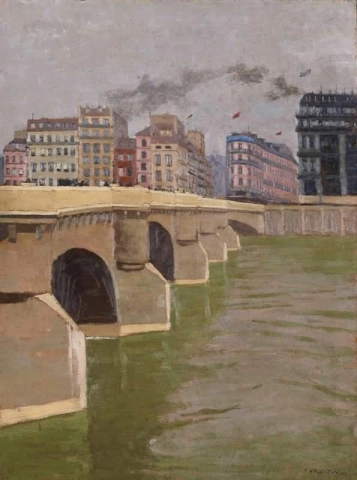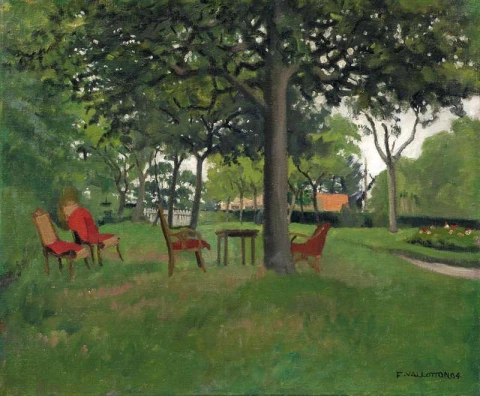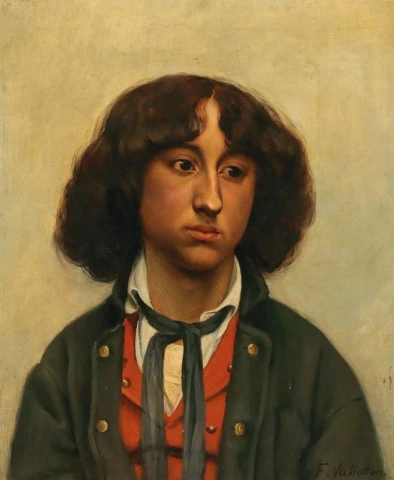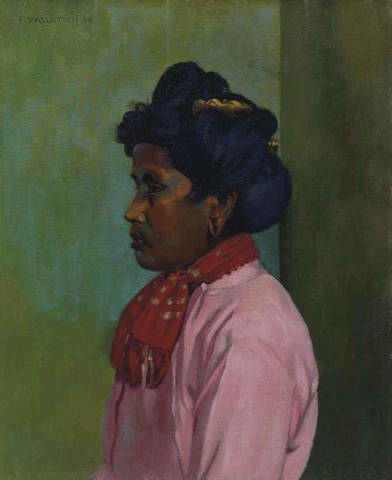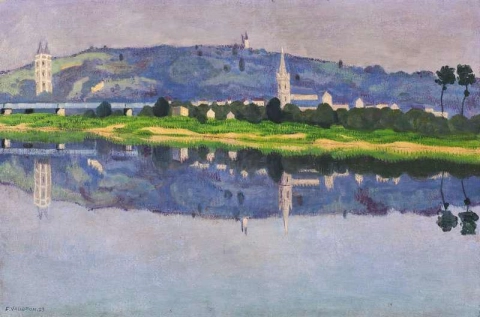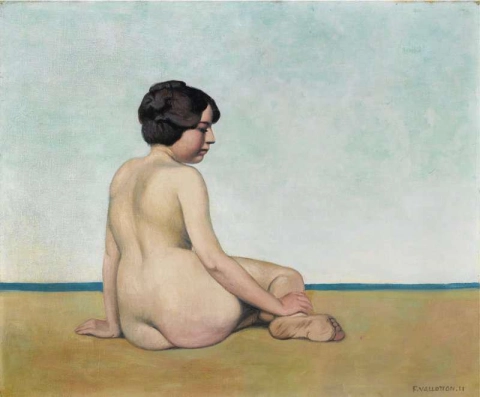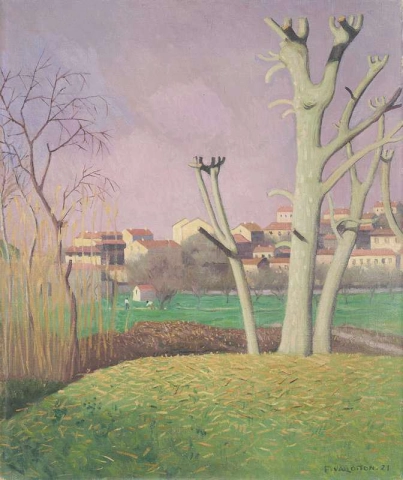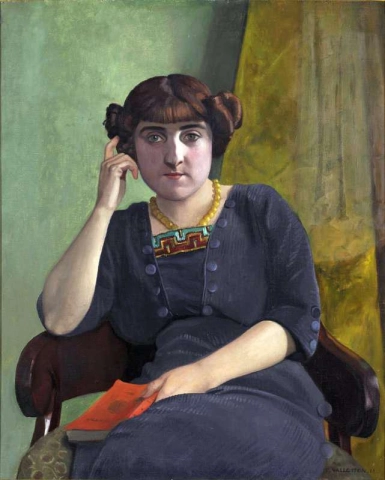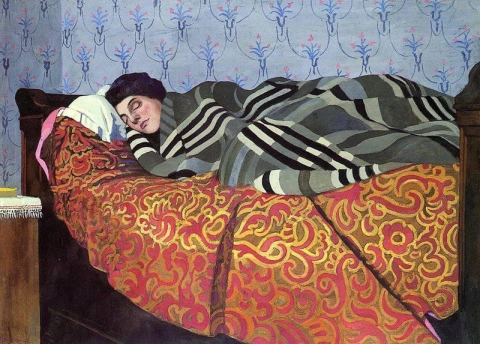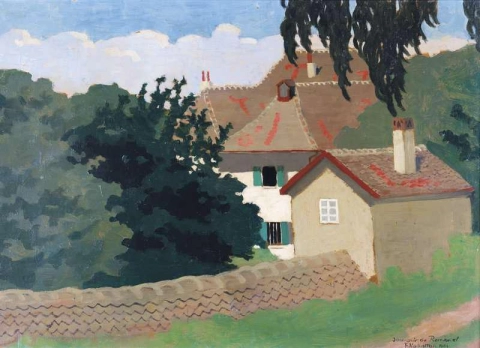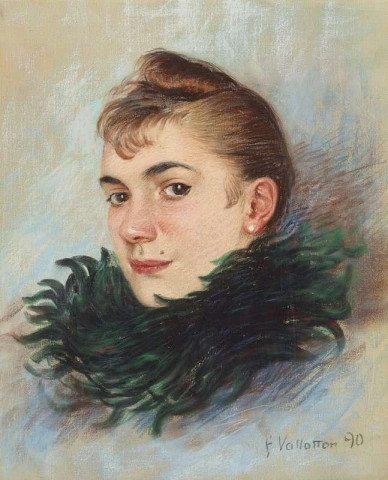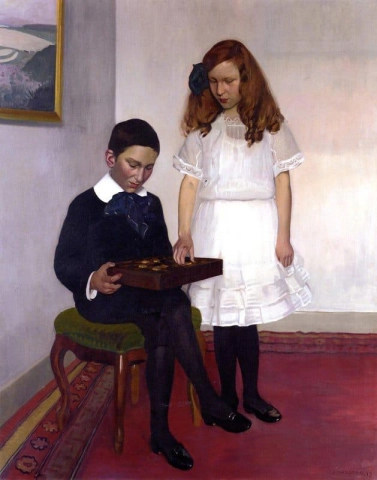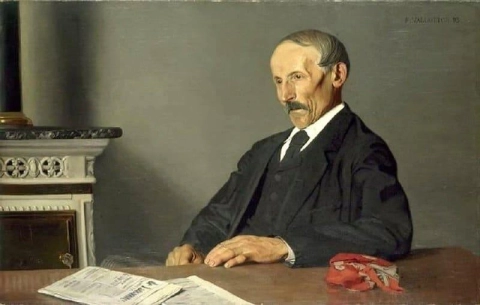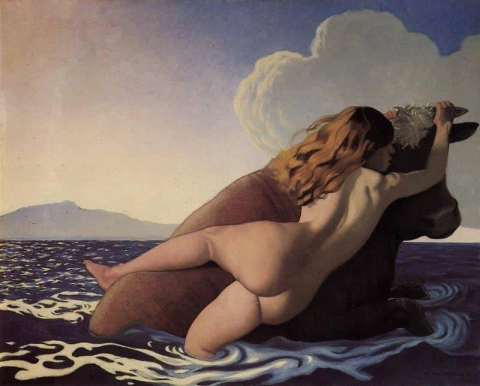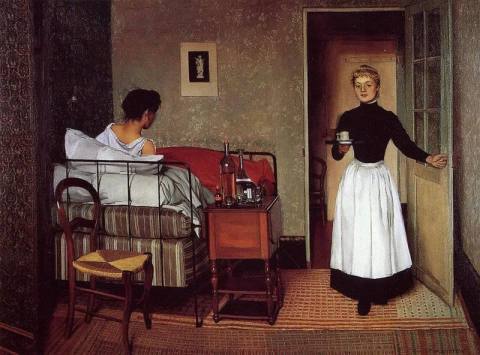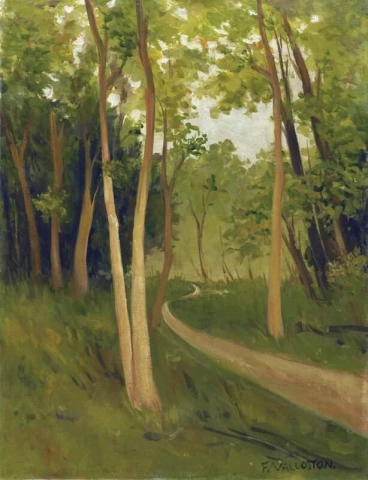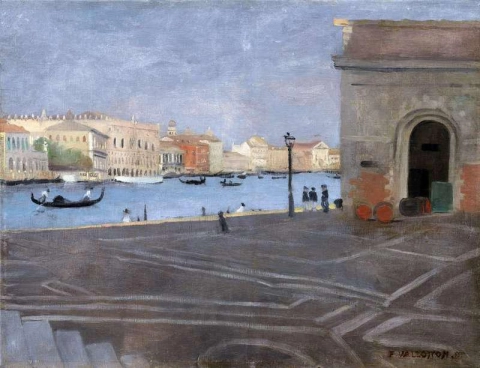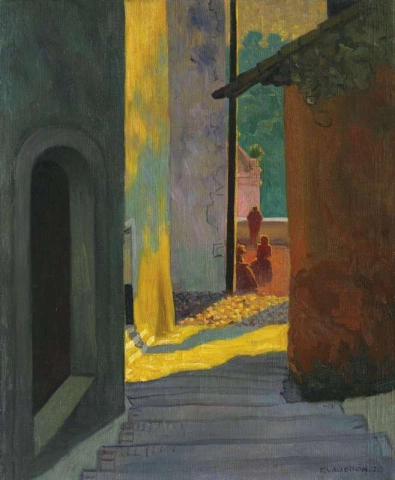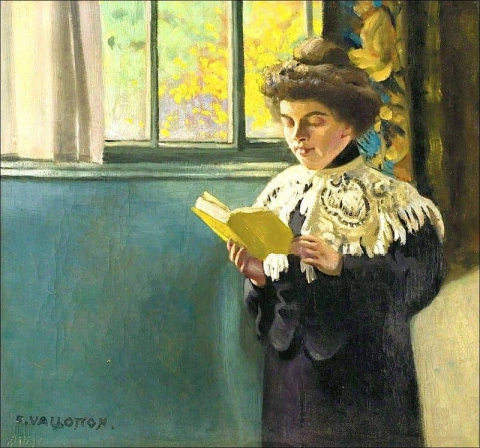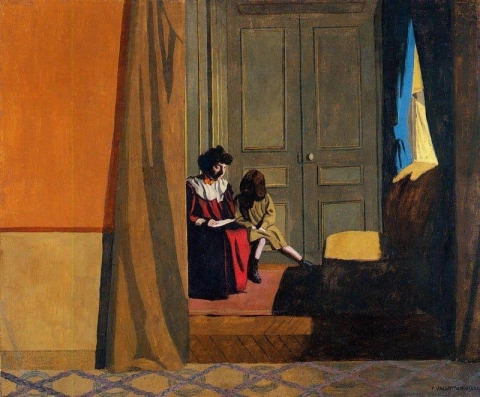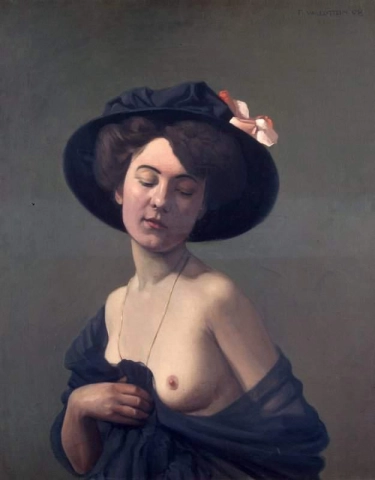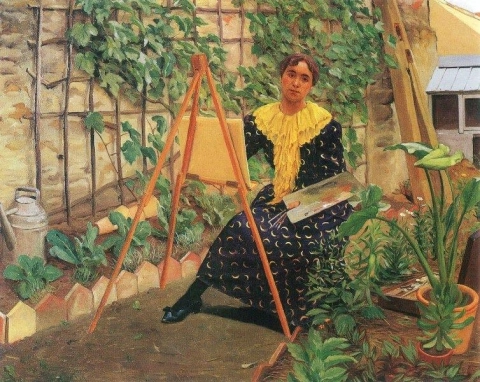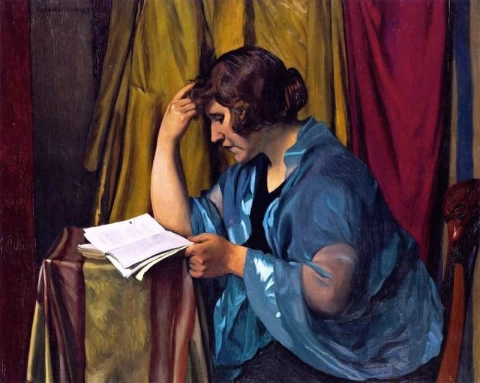

Hand painted reproductions of Felix Vallotton
Félix Vallotton: A Visionary of Post-Impressionism and Modern Realism
Félix Vallotton (1865–1925) was a Swiss-French painter and printmaker, renowned for his distinct approach to both Post-Impressionism and modern realism. Vallotton’s works are marked by their sharp compositions, psychological intensity, and innovative use of color and light. Throughout his career, he explored themes of intimacy, social critique, and the complexity of human relationships, creating a legacy that continues to resonate with art collectors and enthusiasts today.
Early Life and Education
Born in Lausanne, Switzerland, in 1865, Félix Vallotton grew up in a family of modest means. His early education was rooted in classical studies, but he developed a passion for art at a young age. Vallotton's family supported his artistic ambitions, and he soon moved to Paris to pursue formal training at the École des Beaux-Arts. There, he studied under renowned teachers, sharpening his technical skills and exploring different artistic movements.
During his time in Paris, Vallotton was influenced by various schools of thought, including the Symbolists and the burgeoning Impressionist movement. However, it was his association with the Nabis group, a collective of artists who sought to integrate color, symbolism, and flat composition into their work, that left a lasting impact on his style.
Artistic Development and Style
Félix Vallotton’s artistic style was shaped by his experiences in Paris and his exposure to both French and Swiss artistic traditions. Initially, he worked in a highly detailed, almost graphic style, characterized by clean lines and flat, carefully structured compositions. His works often demonstrated a preference for reduced palettes and an emphasis on the emotional resonance of color and form.
Vallotton’s paintings are known for their emotional intensity, with a sense of psychological depth that engages viewers on a personal level. He frequently employed bold contrasts of light and shadow to create a sense of drama, whether in intimate domestic scenes, portraits, or nudes. This technique often heightened the sense of tension or mystery in his work, inviting viewers to explore the underlying stories and emotions within his compositions.
As a printmaker, Vallotton was also deeply influenced by Japanese woodblock prints, which he admired for their clarity and simplicity. His prints were notable for their sharp lines and ability to convey a powerful sense of atmosphere with minimal detail. This integration of Japanese techniques into Western art helped to distinguish Vallotton’s work in both painting and printmaking.
Themes and Significance
Félix Vallotton's work explored a wide range of themes, with an emphasis on the human condition, social dynamics, and the complexity of human relationships. Many of his early works focused on intimate scenes of domestic life, often depicting figures in quiet, contemplative moments. These paintings captured the subtle emotions of daily existence, with a particular focus on isolation, sensuality, and the quiet tension that often defines personal relationships.
Vallotton’s exploration of the human form was equally profound, with his nudes showcasing his interest in the psychological dimensions of the body. His approach to the nude figure was both classical and modern, blending an academic understanding of anatomy with a focus on the emotional and psychological states of his subjects.
Additionally, Vallotton was keenly aware of the social and political climate of his time. Some of his works were critical of bourgeois society, addressing issues of hypocrisy and the moral contradictions of the social elite. His ability to infuse everyday scenes with underlying social commentary set him apart from his contemporaries, making him a significant figure in both the Post-Impressionist and modern art movements.
Achievements and Influence
Félix Vallotton’s career was marked by a series of exhibitions and critical acclaim. He gained recognition for his striking compositions, meticulous technique, and his ability to explore the emotional and psychological dimensions of his subjects. Vallotton’s work was featured in numerous exhibitions, including at the Salon des Indépendants and the Salon d'Automne, where he was showcased alongside other leading figures of modern art such as Paul Cézanne and Henri Toulouse-Lautrec.
Although Vallotton’s work was often associated with the Nabis group, he was also deeply influenced by the Symbolists and even the early movements of modernism. His ability to combine both representational and symbolic elements allowed him to bridge the gap between the traditional and the avant-garde, influencing later generations of artists who sought to explore new ways of depicting the human experience.
In addition to his contributions to painting, Vallotton was an accomplished printmaker, producing a series of woodcuts that are considered masterpieces of the medium. His prints have continued to influence artists in the fields of graphic design and printmaking, with many praising his ability to capture mood and atmosphere in a few well-placed lines.
Legacy
Félix Vallotton’s legacy as an artist lies in his innovative approach to both painting and printmaking. His works continue to be celebrated for their emotional depth, psychological complexity, and unique blend of realism and symbolism. Vallotton's influence can be seen in the work of later artists who sought to combine vivid color, psychological exploration, and social critique in their own practices.
Today, Vallotton’s paintings are housed in prominent museums and private collections across the globe, including the Musée d'Orsay in Paris and the Art Institute of Chicago. His works remain highly sought after by collectors and art lovers, celebrated for their modern sensibility and timeless ability to evoke deep emotional responses.
Where to Find Reproductions of Félix Vallotton's Art
For those interested in bringing the innovative spirit and emotional depth of Félix Vallotton's art into their homes, high-quality oil painting reproductions are available on demand. These reproductions offer a unique opportunity to experience Vallotton's striking compositions and intense use of color, whether you're looking to add a dramatic centerpiece or subtle elegance to your space.
Imagine owning an original-style painting by one of the greatest artists in history. At POD, we offer you the chance to make this dream a reality. Each canvas is faithfully reproduced down to the smallest detail, allowing you to experience the beauty of the artist’s vision in your own home.
Our reproductions are crafted by experienced painters using the finest materials and time-honored methods. We are committed to delivering works of exceptional quality that will inspire and bring joy to your family for generations to come.


